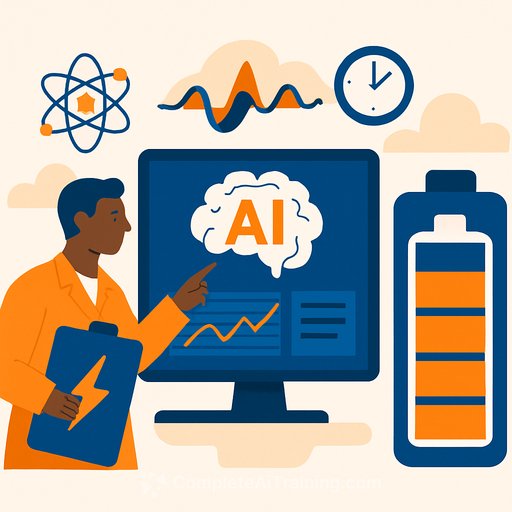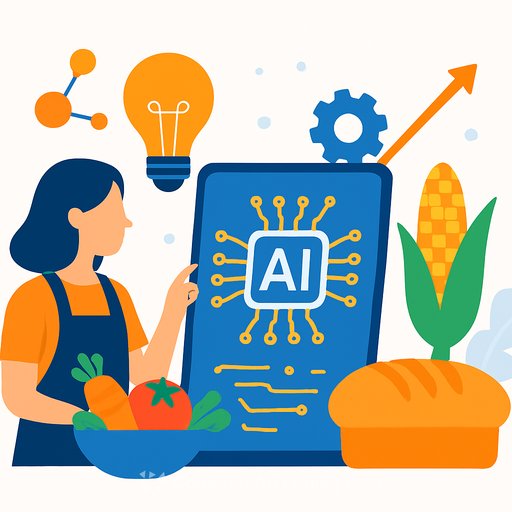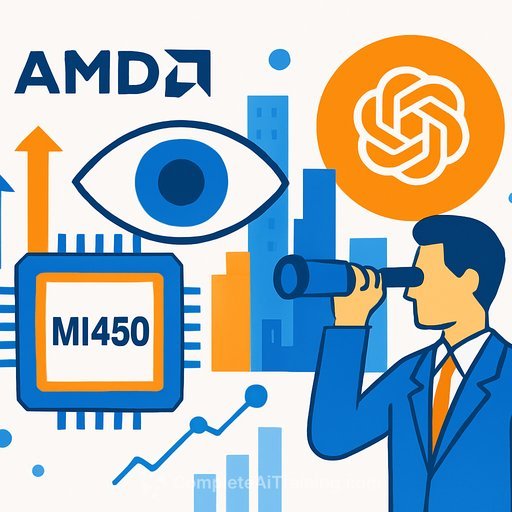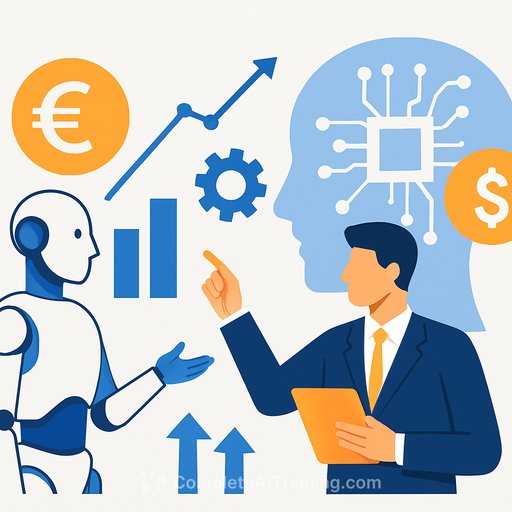The global race for better batteries is heating up. Electric vehicles, drones, and next-gen aircraft all depend on reliable, high-performance energy storage. But traditional battery research and development can’t keep pace with growing demand. Innovation and investment alone won’t cut it unless the development timeline shrinks dramatically. Speed has become the key factor turning potential into real-world impact.
Even with AI speeding up material discovery, battery lifetime testing remains a critical bottleneck. Each charge-discharge cycle typically takes around six hours, meaning validating 500 cycles can take up to eight months. This slow pace holds back promising new chemistries from reaching the market quickly.
The Real Cost of Traditional Testing
Battery development has long been a waiting game. Testing at a standard C/3 rate allows only two complete cycles per day. When you multiply that by multiple chemistries, protocols, and formats, it translates into years of validation before a product hits the market.
This isn’t just inefficient—it’s becoming unsustainable. As researchers slowly work through testing cycles, the market shifts. New competitors appear, customer needs change, and breakthrough technologies risk becoming outdated before validation finishes. The industry needs a fundamental change in its approach to innovation.
Why Conventional AI Isn’t the Answer
Many companies have turned to traditional machine learning to speed up development. But conventional AI tools face serious limitations in battery R&D:
- Data scarcity: Battery research produces relatively small, messy datasets that don’t fit standard ML approaches well.
- Black box problem: Correlation-based models find patterns but can’t explain why those patterns exist, which is critical in a field governed by strict electrochemical and thermodynamic rules.
- Regulatory challenges: Engineers and regulators need clear explanations for AI predictions, not just results.
Enter Physics-Informed AI
Physics-informed AI flips the script. Instead of relying solely on data, these models embed physical laws directly into their structure. The AI doesn’t just spot correlations; it aligns predictions with the underlying physics. This drastically changes battery development.
Physics-informed models simulate real battery behavior with high accuracy, accounting for aging, degradation, thermal stress, and mechanical factors—all based on established science. For example, some companies now predict cycle life outcomes after just 1–2 weeks of early testing instead of waiting 3–6 months.
Software-Driven Breakthroughs
Faster testing is just the start. Using proprietary physics-informed AI platforms, companies have optimized fast-charging protocols without changing any hardware. This led to a twofold improvement in cycle life entirely through software.
One such platform simulates and predicts battery behavior accurately, helping development teams accelerate validation and adjust protocols to extend battery lifespan. This approach has cut validation timelines dramatically and improved performance without altering chemistry or physical components.
At recent industry events, leaders shared how AI has reduced battery materials testing by up to 70% while maintaining or improving discovery rates. These savings translate to months faster time-to-market.
Continuous learning is another key benefit. As new lab data comes in, AI models evolve in real time, speeding innovation throughout the product lifecycle. This creates a feedback loop unseen in traditional AI.
Transforming Industry Standards
Physics-informed AI enables capabilities that were previously out of reach:
- Precision matching: Align specific chemistries to target applications based on predictive performance, cutting trial and error.
- Virtual prototyping: Simulate performance outcomes before building physical prototypes, reducing costs and development time.
- Intelligent optimization: Fine-tune charging protocols for speed and safety with minimal physical testing.
- Predictive monitoring: Spot potential failure modes early, lowering risk and costs.
These tools support continuous model learning, adapting quickly as new materials and data emerge. This flexibility is crucial for handling diverse battery platforms and applications.
The Simulation-First Future
The future of battery development is digital cell design. Breakthroughs will start in simulation labs that blend domain expertise, experimental data, and intelligent AI modeling. This shift from hardware-first to data-first innovation will separate leaders from followers.
Companies integrating these capabilities will deliver longer range, faster charging, and greater resilience. These challenges are systems problems, not just materials problems. The tools to address them exist today. The real question is how quickly organizations will adopt them.
For product development professionals interested in AI-driven innovation and accelerating development cycles, exploring courses on physics-informed AI and related technologies can provide practical skills to stay ahead. Consider browsing resources such as Complete AI Training’s latest AI courses for up-to-date learning opportunities.
Your membership also unlocks:






